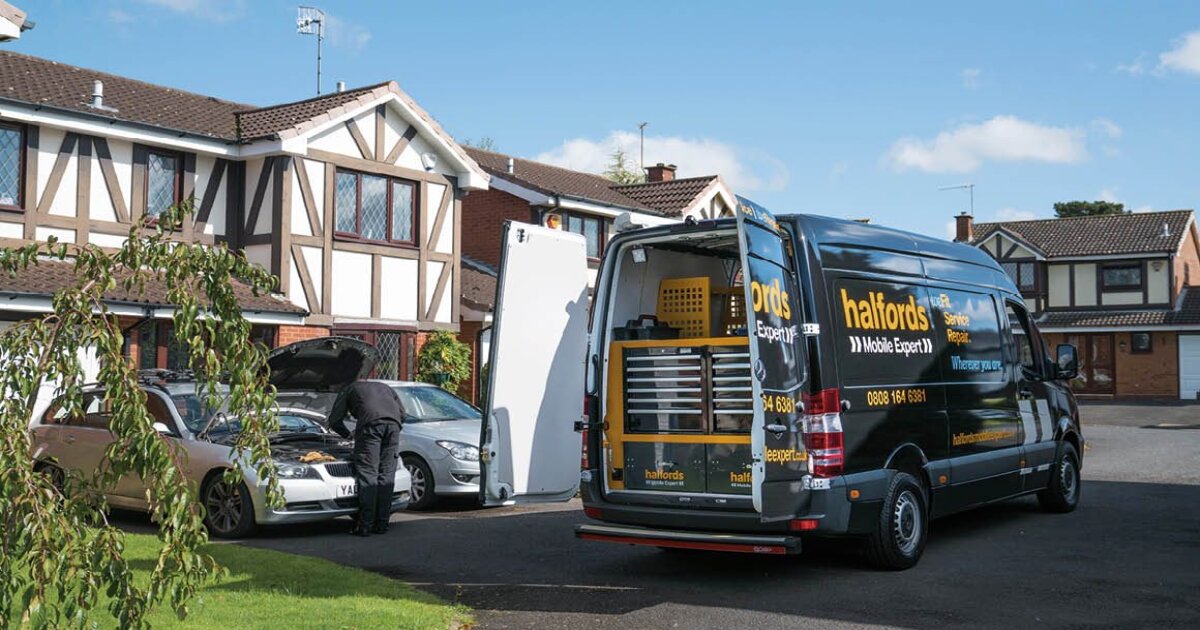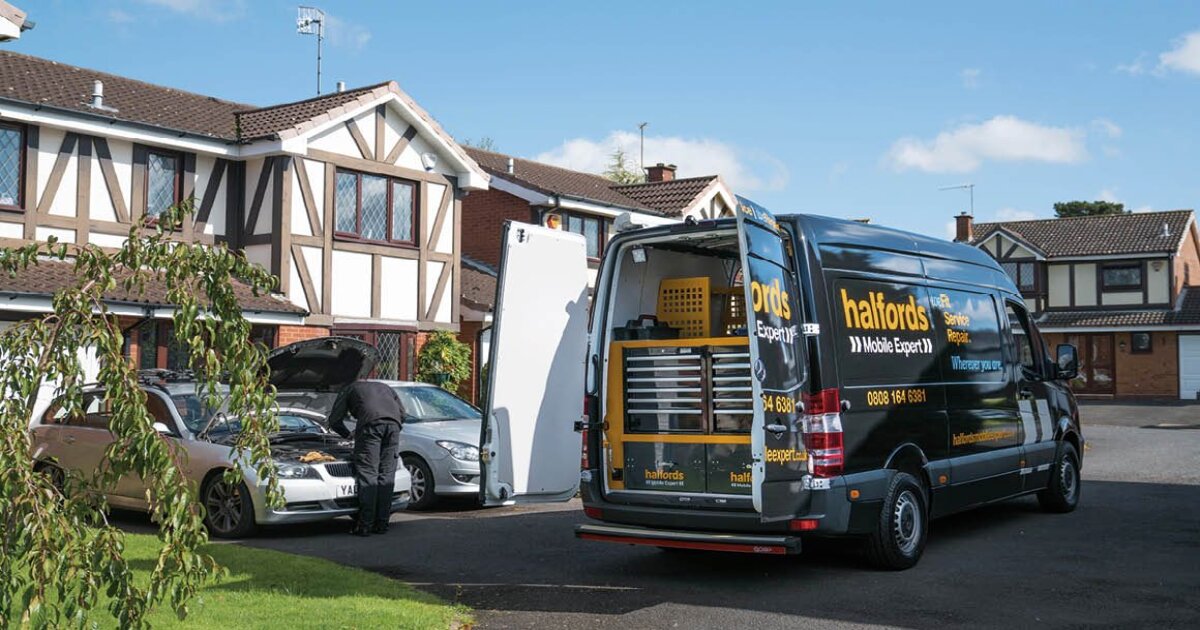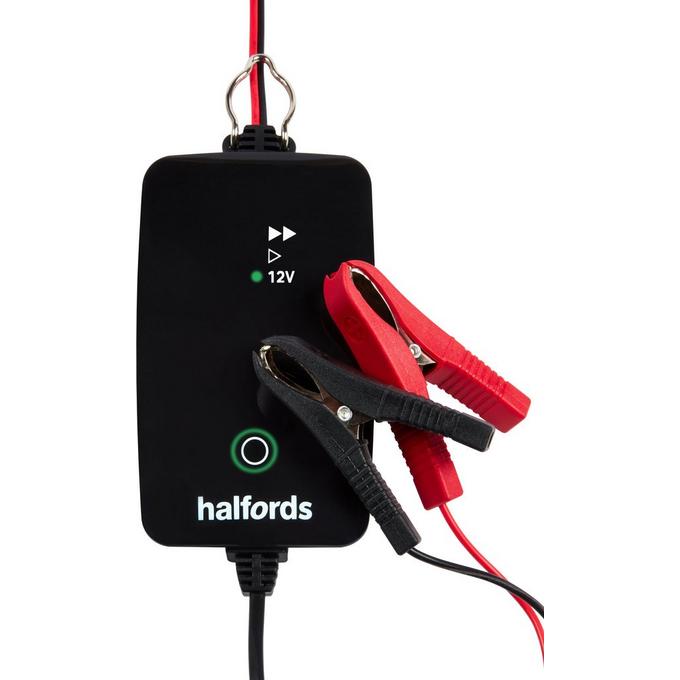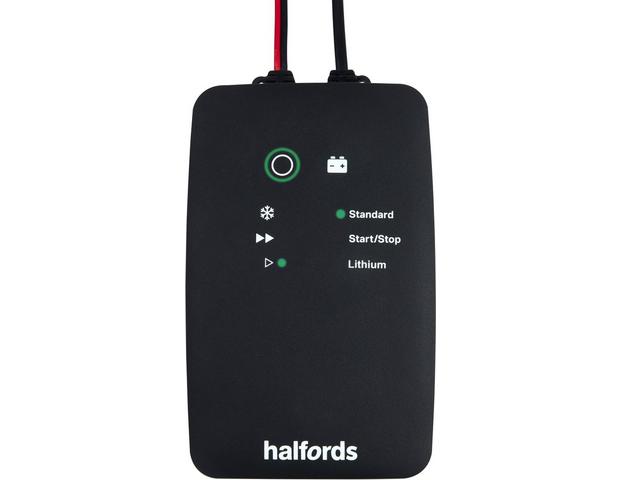Guide To Connect Halfords Advanced Smart Battery Chargers To Your Vehicles

Some people wonder if they really need such sophisticated equipment for the seemingly basic process of charging a battery because modern smart battery chargers are such advanced pieces of kit. Fortunately, using Halfords Smart Battery Charger is simple because everything you need to know is detailed in the Halfords charger instruction manual. If you're having difficulties utilizing a Halfords Smart Charger that you recently purchased, take a look at the information below.

Types Of Halfords Smart Battery Charger?
There are three main types of Halfords smart battery chargers that are sold on its website: Smart charge 100, Smart charge 200, and Smart charge Plus. As the battery charges, the Halfords Smart charger regulates the charge rate automatically. The charging process stops when the battery is fully charged, as the battery empties naturally, more charge is applied until the battery is fully charged again. This is a continuous process that ensures a secure connection for the foreseeable future. The supply cord is irreplaceable. The Smart charger should be discarded if the cord is damaged. The Smart Charger shouldn’t be used by anyone (including children) who has physical, sensory, or medical limitations, or who lacks expertise or competence.
Halfords Smart Charge 100
On the Halford Smart Charge 100, you can see battery charging mode, maintenance charging mode, and incorrect polarity battery fault indicator. To connect the charger to the battery, ensure that the AC mains plug is not connected to the AC mains supply.
- For batteries inside the vehicle: Connect the red (+) battery clip to the battery's red (+) connector. Secure the black (-) battery clip to a bolt or bracket on the engine block, far away from the battery and fuel lines.
- For the battery outside the vehicle: Connect the red (+) battery clip to the battery's red (+) connector. Connect the black (-) battery clip to the battery's black (-) connector.
Halfords Smart Charge 200
On the Halfords Smart Charger 200, you can see the charging stage indicator, battery charging mode, maintenance charging mode, battery reconditioning mode, winter charging mode, polarity check/battery fault indicator, and vehicle type select - Standard or Start/Stop. The charge stage indicator indicates how far along you are in the battery charging process.
To connect the charger to the battery of your vehicle, firstly connect the charger to the battery with the proper lead. This lead should be connected to the charger. Then, connect the main plug to the AC mains supply. Finally, switch on.

Halfords Smart Charge Plus
Features
- Smart charger for 12V vehicles up to 3L Capable of charging lead-acid, gel, calcium, AGM, EFB, and lithium batteries
- Increases the life of a vehicle's battery.
- Charge, protect, and repair batteries in eight stages.
- Weatherproof
- Winter charging mode for cold weather is simple to use.
- A sleek and intuitive design without any complicated programming
How It Works
- Good lead lengths help with positioning and connection, IP65 construction allows for safe under-bonnet use outside, a permanently wired-on lead is included, and the charger can handle severely depleted batteries as low as 3 volts.
- It chooses the fastest charging mode automatically and safeguards against overcharging by detecting when the battery is fully charged and switching to a reduced charge rate to keep it charged.
- The repairing step improves the battery's condition, allowing it to live longer and withstand cold temperatures.
- The Smart Charger Plus also has a winter charge mode for charging in cold weather, as well as a long-term maintenance mode, which is great for attaching to seasonal vehicles like motorbikes, caravans, or antique cars to preserve the battery in good working order. It's weatherproof and comes with an integrated charging hook.

How To Use Halfords Smart Battery Charger
|
Stage of Charging cycle |
Halfords Smart Battery Charger 100 |
Halfords Smart Battery Charger 200 |
Halfords Smart Battery Charger Plus |
|
Test and Analysis |
× |
||
|
Desulphation |
× |
× |
|
|
Soft Start |
× |
× |
|
|
Bulk Charging |
× |
× |
× |
|
Absorption |
× |
× |
× |
|
Test |
× |
× |
|
|
Recondition |
× |
× |
|
|
Float |
× |
× |
× |
Explanation:
Test & Analysis — Determines whether the device needs to be repaired or changed.
Desulphation is a stage of battery repair that improves performance and extends battery life.
Soft Start - The charging current is gradually increased to protect the battery.
Bulk Charging - Charges the battery to its maximum capacity of 80%.
Absorption — Slows the charging pace to increase battery power.
Test — Determines whether the battery is fully charged or whether it needs to be repaired.
Recondition — If the test step determines that more repairs are required, the RECONDITION stage raises the battery even more.
Float — This allows for a long-term connection in order to keep the battery charged.
How To Recycle Your Spent Halfords Battery
Used batteries can be harmful to the environment as well as to the health of the user. So it is essential to recycle batteries. Batteries should not be discarded in unsorted municipal waste but should be collected separately to allow for proper treatment and recycling of the substances they contain. Various battery collection schemes will be in place throughout the country. Battery collection bins, on the other hand, will be available in retail stores that sell batteries, as well as in schools, libraries, and other public buildings.
Finally, enjoy your time with this video because it gives you some other useful tips for fixing paint chips and scratches. Don't forget to visit FindCouponHere to get many promo discount codes from thousands of online stores all around the world and get more interesting information on our blog. Thank you for reading!





